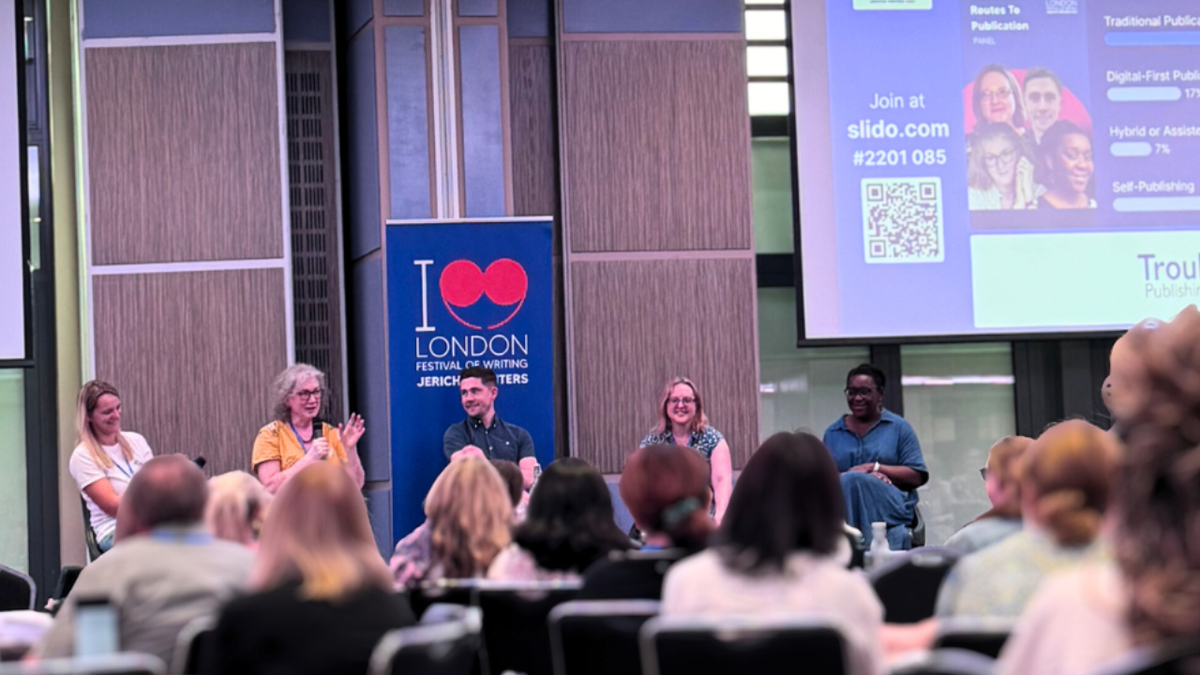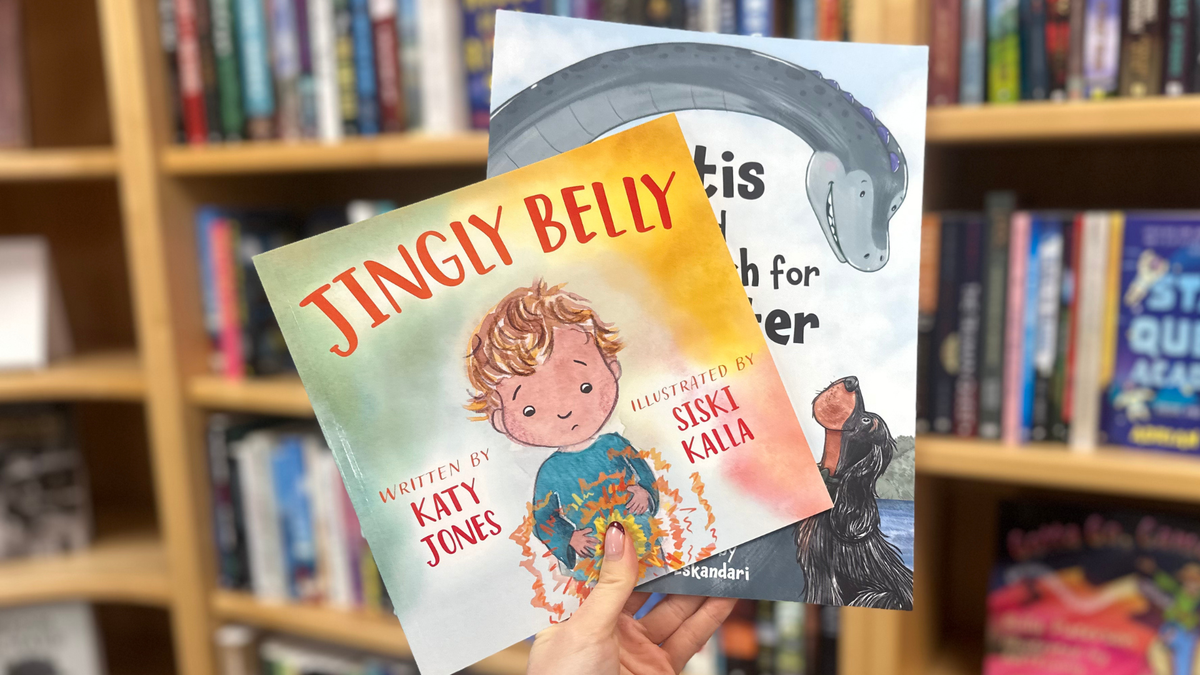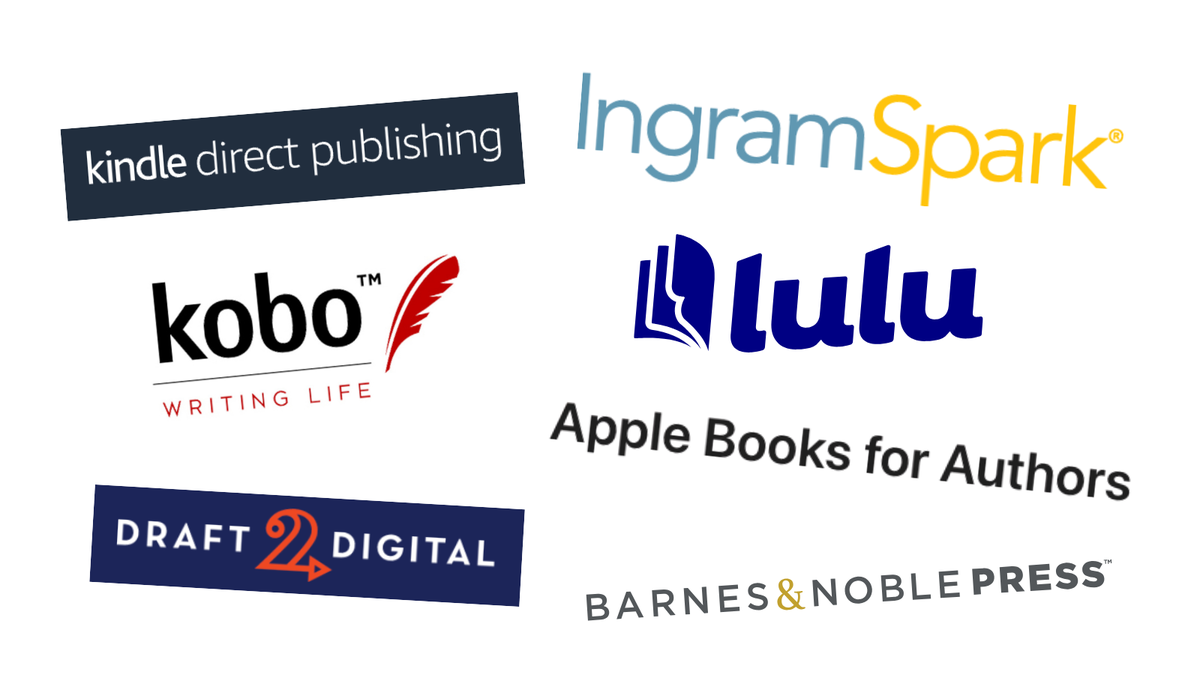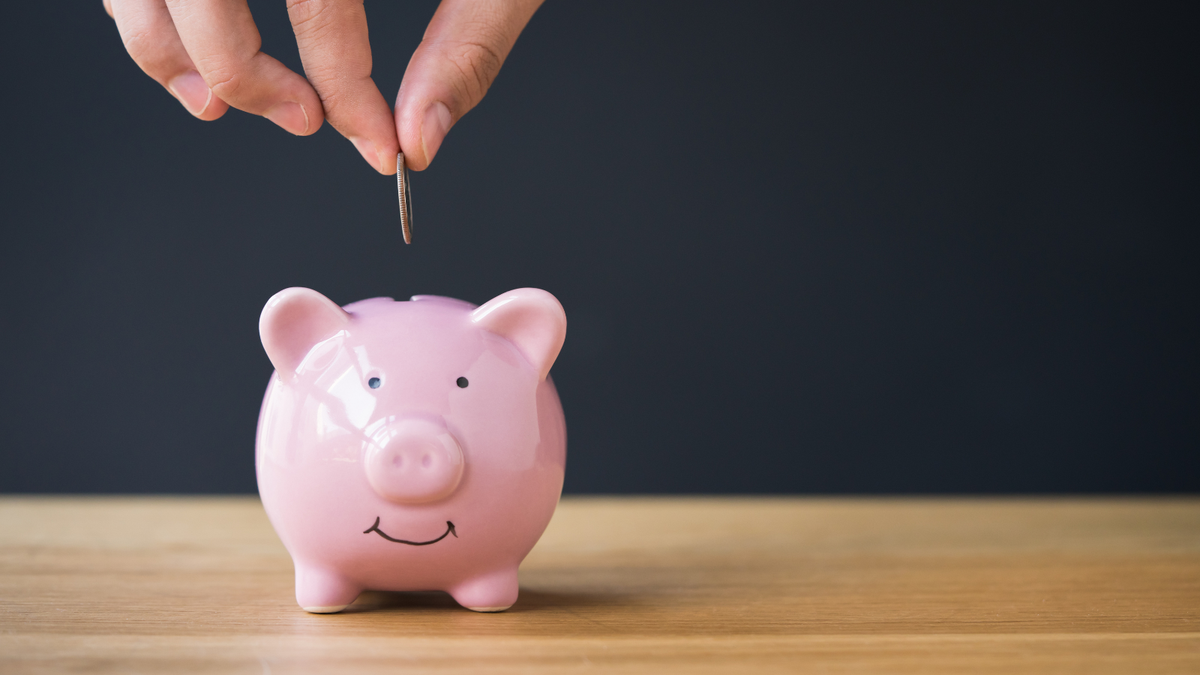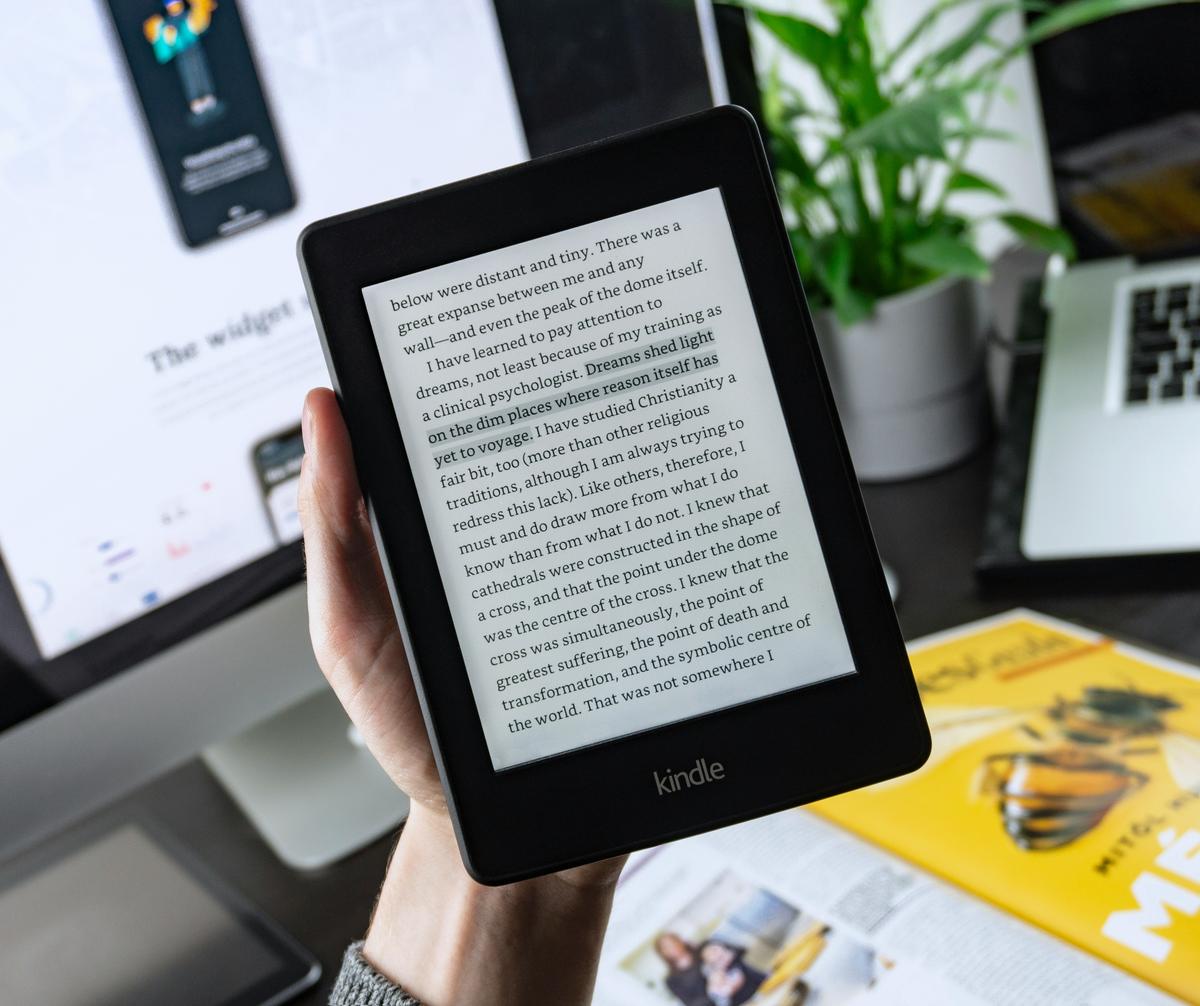
20th August, 2024
9 min read
The 6 Most Asked Questions About Self-Publishing a Book
Written by:
Jane Rowland
As self-publishing has become an increasingly popular route for aspiring authors, the number of writers investigating self-publishing as a viable route to publication grows. Having been offering high-quality self-publishing services for over 30 years, we know the most common questions that authors exploring this avenue ask. Here is our lowdown on the top six most asked questions about self-publishing a book.
1. What Is Self-Publishing?
Self-publishing refers to the act of independently producing and funding the publication of your book, publishing without the involvement of a ‘traditional’ publishing house, which would sign you up (perhaps with an ‘advance’ deal) and then take control (including paying) to produce, print and market your book. In self-publishing, the author is responsible for all aspects of the publication process, from writing and editing to design, marketing and distribution.
There are many different ways to self-publish, from doing it all yourself – and loading print files to platforms such as Amazon's Kindle Direct Publishing (KDP) or IngramSpark – to using full-service self-publishing companies such as Troubador to assist you in producing a high-quality book. Some authors self-publish digitally (ebook only) and some print copies of books. Many authors now look to dual-format publishing (publishing across multiple formats). As you can see, there is no longer just one way to self-publish and the costs (and benefits/drawbacks) of each will also vary.
This brings us to the second most asked question…
2. How Much Does It Cost to Self-Publish a Book?
The cost of self-publishing varies widely depending on the services used, the quality of your end product and the skills you might already possess in terms of editing, design and tech skills, which means you might need to buy in fewer specialist services to help you publish. Some platforms where you load up your own files – such as Amazon's Kindle Direct Publishing (KDP) and IngramSpark mentioned earlier – can be lower-cost entry points into the publishing market, but they can come with some limitations (book sizes, finishes and limited distribution into bookshops). Full-service options like those at Troubador, will cost up your book on a more bespoke basis, taking into account the services and finishes you need.
So as you can see, there is no simple answer to this question. The cost will depend on what you are publishing and how you are publishing. Our article on the costs of self-publishing gives handy pointers on working out what the costs will be for your project.
Doing some research and setting a publishing and marketing budget is the key here – and being honest about what you can and cannot do yourself. Never spend more money than you can afford on publishing. Key expenses include:
- Printing: There are different methods of printing: Digital, Print on Demand (POD) and litho, all of these have an impact on the cost of your book. Some (ie. litho) are only economical for long print runs when the unit price drops significantly; others like POD retain the unit cost as a fixed number so can work out as being less economical for longer print runs. Full-colour printing costs more than black and white, so how you include images (within the text or in ‘plate’ sections) can also have an impact on the printing costs. As can the paper, the number of pages in the book and the cover finishes you opt for. The higher quality paper and finishes that you use, the higher quality product you will get at the end – but at a higher unit cost.
- Editing: Professional editing is essential if you want a high-quality end product. A professional editor is an expense, but for most authors, one worth investing in.
- Illustrations: If you need illustrations for your book then these can also add significant cost. A professional illustrator will work with you to create the number and type of illustrations you need – and cost up according to the type and quantity. We’ve recently launched an illustrations service that can help pair you with a professional illustrator.
- Marketing and Promotion: This is highly variable and can range from nothing but your time if you do it yourself, to many thousands of pounds on a PR agency campaign. As with all things self-publishing, research is your best friend. Understanding your book and your market and readership helps define how best to reach them. Remember, books are relatively low-value products, so you would need to sell an awful lot to recoup the costs of a high-end PR agency marketing campaign. Consider why you are publishing and then this should help you decide what is best suited to you. You can review our marketing service here.
3. Do I need an ISBN for My Book?
An ISBN (International Standard Book Number) is a unique identifier for books. An ISBN allows the book trade to easily identify and order your book. It is used throughout the book trade and book distribution systems. If you are publishing for friends and family and have no interest in the retail trade then you won't need one. To have a realistic shot at bookshops, you will. Some platforms, Amazon KDP, do not necessarily require ISBNS, but if you want to reach a wider audience than just Amazon, we strongly recommend you use one. Troubador can offer you one of their own ISBNs to use on your book if you use our distribution services, but you can also buy your own from Nieslen. Be sure you understand the usage rules for ISBNs if you take the latter route.
4. How Do I Distribute My Self-Published Book?
Distribution depends on the formats in which you choose to publish. If you are printing POD then the books are printed to order and not upfront, so you do not need warehousing. However, this method of distribution can make it harder for you to get into bookshops due to the cost of the books and the ability for retailers to return them for credit if they do not sell. Mainstream publishers use full distribution to reach the book trade, and at Troubador, we can execute end-to-end distribution for the majority of our authors’ books. We have a 620 pallet-bay distribution warehouse and we ship books to high street bookshops, the main UK wholesalers (who supply the UK book trade), Waterstones as well as online retailers such as Amazon, plus a range of non-traditional trade outlets such as museums, stately homes, etc. Before deciding what route is best for you, read our in-depth article about distribution.
For ebooks, platforms like Amazon KDP, Apple Books, Kobo and Barnes & Noble are popular choices for distribution. If you are managing your own ebook file creation and distribution, you will need to make sure your files are created in line with the retailers’ requirements, and that you open an account and upload your files and metadata to each retailer you wish to sell your books through. This can all be very time-consuming for authors – so we offer full ebook distribution across a wide range of digital retailers for our authors.
5. How Long Does It Take to Self-Publish a Book?
If you are going it fully alone – doing all your book formatting, cover design and loading to self-publishing platforms – the process will take only as long as those tasks take you. However, unless you have a fantastic marketing plan in place to reach your audience and you have top-notch design and book design skills, this route may not result in the best end product.
If buying in services from specialists (such as IndieGO), then you will need to factor in the time for those services to be carried out – for example, professional edits can take several weeks to complete. Cover design and book formatting will be a collaboration between you (as author) and your service provider, and should not be rushed. Most Troubador authors decide to take our full-service option, where we work with them to design, print, market, sell and create digital versions of their books – which will result in a book identical to those found on a bookshop shelf in terms of the quality and look. This can take on average between 16-24 weeks, but it will depend on whether you are having editing services or taking up the illustration service, which will all add time.
However, if you are determined to get your book into the book trade, and some media coverage then you also need to be aware of the conventions around publication dates. Some media outlets will only review books up to three months in advance of a formal publication date and the book trade make their key buying decisions up to six months in advance of a publication date, so making it available well before your official publication date could have a beneficial impact on your trade and media marketing options.
So, the timeline for self-publishing varies depending on the complexity of the book, the author's schedule and the way you wish to self-publish. Unlike in traditional publishing, self-publishing gives you the flexibility to get your book out there more quickly, but it's essential not to rush the process to ensure a quality product.
6. What Are the Biggest Challenges in Self-Publishing?
Many of the topics discussed above have already identified challenges for authors self-publishing, but from my perspective, as someone who has worked in the industry for many years, the biggest challenges include:
- Quality Control: Without a traditional publisher's support, it is easy for the author to make choices that result in a poor quality book that will not do as well as they hoped. Writing, editing, design, feel and layout must all result in a book that will attract readers and booksellers. There are a myriad of conventions in publishing design (prelim pages, page numbering conventions, text margins, etc.) that it is easy to overlook when creating your book, BUT that will immediately identify your book as self-published to readers. To avoid this, do your research, look at books in your genre, and be honest. If you do not have the skill to create the best book you can, look at companies that can help with full-service offerings, or trusted suppliers who can offer bespoke options.
- Marketing and promotion: Even midlist authors in a mainstream publishing house have to do a lot of the heavy lifting with their own book marketing, and as an indie author, the marketing will be crucial to making sales. You can buy marketing services to help you, but even then the most successful authors supplement this and do their own marketing. The work it takes to build an author's brand and promote the book can be time-consuming and not all authors find they are as comfortable with the marketing as they are with the writing. For many self-publishing authors, marketing is the hardest part.
- Financial Investment: In self-publishing, the author takes the financial risk and there's no guarantee of recouping the investment. Never borrow money to self-publish and only spend what you can afford. While many authors do make a return on their publishing project, no one can give you a guarantee, and even in mainstream publishing author return and income for all writers are under pressure. There are also other options – if the finances are not going to work out for self-publishing, there are partnership options (where the publisher and author share the costs, but make sure you pick reputable suppliers such as The Book Guild if considering this option). Plus digital (ebook only) only can be cheaper (as there are no print costs). In all cases, do your research to know what you are publishing and what end product and services you need. Get quotes from more than one supplier to compare what’s on offer.
- Making the right choices: This sounds simple, but publishing can be complex, and making a wrong call can make it difficult for the book to successfully reach its market – examples include:
- Beautifully written and printed books with no ISBN, price or barcode, making it impossible for the book to be sold through the book trade.
- Books with covers that do not suit the genre or reading age.
- Books that have been rushed into print and had insufficient editing, resulting in poor reviews.
- Books that were printed at odd sizes will cost more to print and won’t fit on bookshop shelves.
All of these were avoidable errors, and doing some simple research or taking advice from others could have prevented them. So before you start the process of self-publishing, take the time to get it right. While these challenges can seem daunting, there are also many joys and pleasures from seeing your own work in print. Awareness of the challenges can help set you up for self-publishing success.


